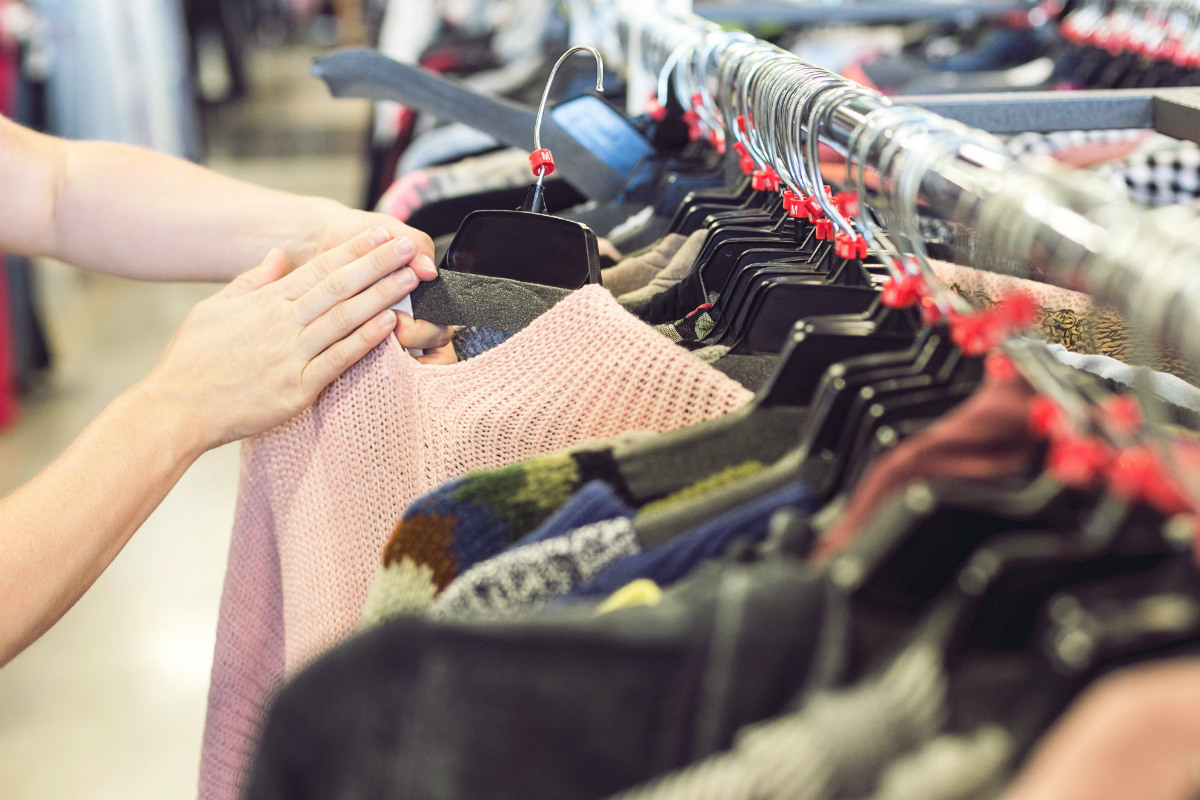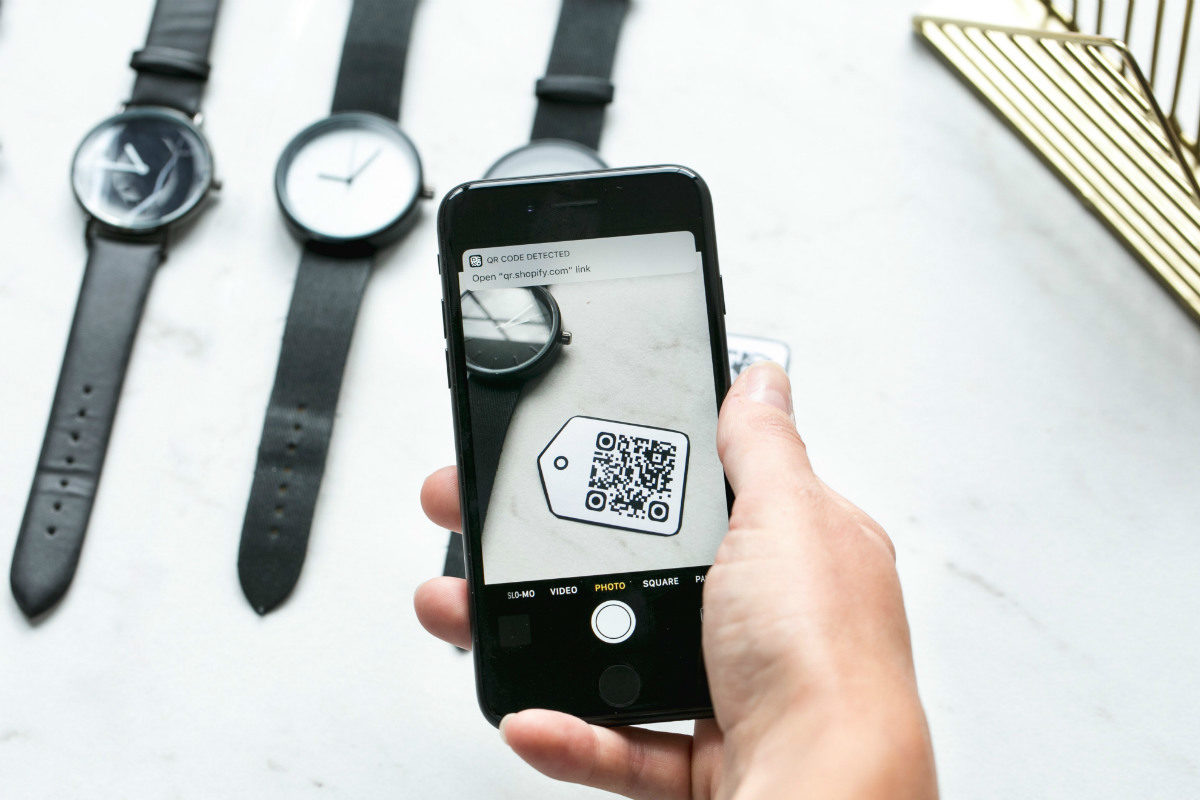If you’ve ever walked into a store with an elegant wall display or a fresh, delicious smell, you can probably remember what that store was like. This is because the senses are closely tied to human memory, and people are more likely to remember stores that had a great sensory experiences.
It’s also the reason why all retail stores should consider the long-term sales impact of a multi-sensory sales strategy. After all, stimulating more senses creates more opportunity for creating a lasting impression.
Here’s are a few ways you can use design a multi-sensory retail experience that will leave a lasting memory in customers’ minds.
A Multi-Sensory Retail Experiences Sell More
Sensory experiences are known to forge stronger customer-brand connections and drive sales. But why is this so?
According to marketing and advertising agency Sheehy, multi-sensory experiences make it easier for people remember a store and its products. From sounds and smells to textures and tastes, more sensory connections create more memories.
Here’s another way to think about it: Each stimulated sense can be considered a touch point — an opportunity to create an emotional connection with a customer.
Emolytics marketing and sales developer Virginie Kévers adds that ambiance and physical layout play a major role in how a store influences customer emotions. Comfortable, uncrowded stores that smell and look great, for example, are much more desirable to be in that cluttered, darkly lit spaces.
Additionally, warm and inviting experiences in retail stores are generally associated with positive emotions. This is because people think of positive experiences (like buying a new dress at a fancy store) of being related to pleasure rather than necessity (like going to a grocery store). So, nice smells, sounds and sights can amp up the pleasure factor of retail experiences.
Sensory marketing makes sense psychologically. But brands aren’t taking advantage of this marketing tool enough, according to author and marketing professor Aradhna Krishna. In fact, Krishna says companies in all industries should think about how they can stimulate senses to reflect their brand even more. If brands think about how their mission extends to the five senses, it’s much easier to get into the right frame of mind for creating a brand strategy anchored in sensory appeal.

Sound
While there are many ways to create a multi-sensory experience, Steve Starr of the architecture and design firm Starr Design notes that sound, along with smell and touch, are particularly important for retail stores.
When it comes to sound, Starr adds that different retail spaces have different needs and functions for noise levels. For that reason, it’s important to consider sounds that reflect your brand and mission. While upbeat music might provide a more fun and exciting vibe, something more traditional might evoke a classic, laid-back feeling.
Take West Elm, a home interior company that’s traditionally focused on aesthetic details like lighting and texture, for example. This brand recently adopted a sound branding strategy to amp up its retail experience. Writer John Paul Titlow explains how West Elm is integrating Sonos sound systems into its in-store sound strategy. Moreover, West Elm is training its employees on how sound and acoustics play an important role in creating a personalized interior.
Smell
Another example of a brand that appeals to the senses is Lush, the UK-based cosmetics company. VMSD Magazine explains how Lush creates a strong brand identity because their products are strongly scented with natural smells, and many of their products don’t have packaging.
Smell is also strongly tied to memory, possibly more than other senses. In turn, the strong and inviting scent of Lush is pleasant in itself and also different than other cosmetics companies.
Sight
Sight is perhaps the most important sense that brands should appeal to because it’s the most important for making a good first impression. Moreover, visual elements are the driving factor in reducing barriers to purchase and increasing impulse sales — two things that retail consultant Bob Phibbs says are keys to a successful retail strategy.
When it comes to creating a visually appealing retail space, however, writer Alexandra Sheehan says that all retail stores and pop-up shops should consider the impact of signage and window displays on potential customers. Visual merchandising, Sheehan adds, is another essential aspect of creating a strong initial visual experience.
And there’s no better way to amp up visual merchandising than with strategic, vibrant color usage. Specifically, using color to enhance or elicit a certain mood from customers can boost your brand and entice visitors.
This doesn’t necessarily mean that rainbow or primary colors always have to be used, however. Black and white contrasting colors or a simple monotone scheme can be a great way to help products stand out, digital marketing pro Dan Westmoreland writes.
Touch
Direct-to-consumer retail shop Cuyana is taking a similar approach in its new brick and mortar store, but through tactile experiences. This company, which began online, decided to open physical locations in order to appeal to more customers and drive more sales through foot traffic.
To get more customers in the door, they turned to a color scheme featuring blush tones, blacks and whites. Reporter Ann-Marie Alcántara explains how this approach to simple color encourages additional sensory experiences. Having clean, uncluttered walls and dedicated shelving for setting bags down encourages people to touch and feel fabrics or test out monograms, for example.
At Best Buy, customers can also gain hands-on experiences with its most cutting-edge technology products. Since technology can be complicated — especially new tech that customers aren’t used to — this testing phase allows customers to see its true value. Strategy magazine editor Jennifer Horn explains how these new experiences are accompanied by increased visual presentations that further intensify the sensory experience.
For example, there’s better signage leading around the store, the floors have been raised and wiring now runs beneath people’s feet instead of along the walls for a cleaner look. Wood grain accents and warm lighting also add to a warmer, more inviting retail experience.

Enhancing the Senses Through Innovative Tech
More companies are also also turning to technology to create more immersive retail experiences that stimulate multiple senses at once.
At Neiman Marcus, customers can experience a smart fitting room that blends a traditional physical room with digital visualization technology.
This enables customers to gain side-by-side comparisons of themselves wearing new outfits, global retail expert Sander Pabbruwee writes at PremiumScenting. In addition to being more convenient than a traditional dressing room, this helps improve customer decision making because people can touch and smell the fabric. This ultimately increases the likelihood of a purchase.
Brands can also take note from Adidas, which hired South African digital signage company Moving Tactics to create interactive videos walls. These moving walls showcase high-quality images and displays of Adidas’ newest products. In addition to being eye-catching from outside the stores, these video walls showcase Adidas’ commitment to innovation.
Click-and-collect services are another way retail stores can blend online and physical retail spaces to appeal to the senses and drive more sales. As writer Francesca Nicasio points out, more and more consumers are choosing to buy products online and then pick them up in person. This gets people into your physical store, where they can be exposed to more sensory elements such as touch, smell and taste. Here, after their senses are stimulated, customers can interact with and purchase additional products.
Such a strategy is currently being tested at Target, retail reporter Khadeeja Safdar explains. At this major retail store, the testing of curbside pickup experiences provide the convenience of online shopping with the immediacy, accuracy and sensory experiences gleaned by traditional shopping.
Making Multi-Sensory Retail Solutions Work
Creating a multi-sensory retail experience can be seamless and effective — as long as the proper infrastructure is implemented.
For example, retail stores that want to create visually stimulating wall displays might consider flexible retail displays. Such interlocking solutions provide a creative, well-lit space that can be used to highlight products and invite consumers to touch and experience them firsthand. These types of displays also create a space for mounting televisions and other technologies that further enhance the sensory experience.
Easily changeable wall skins are another way that brands can create visually stimulating displays that invite customers into the store. Decorative panels and wall coverings can help transform white, stark walls into a space that visually represents your brand.
Tapping into customer senses is essential in today’s fast-paced, distracted world. Fortunately, flexible, strategically designed spaces can help reflect your brand in a way that remains fresh and exciting.
Images by: Burst, Burst, Sarah Pflug
